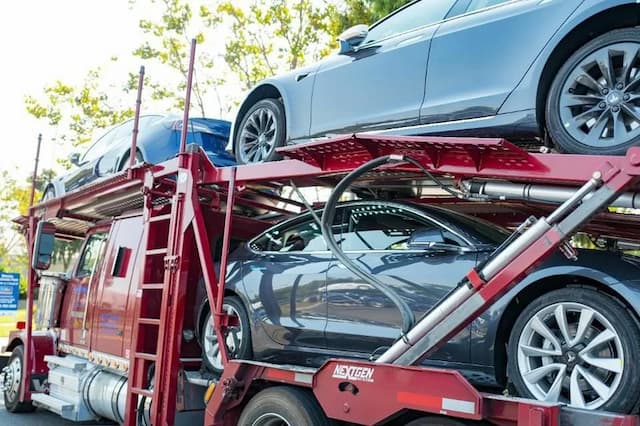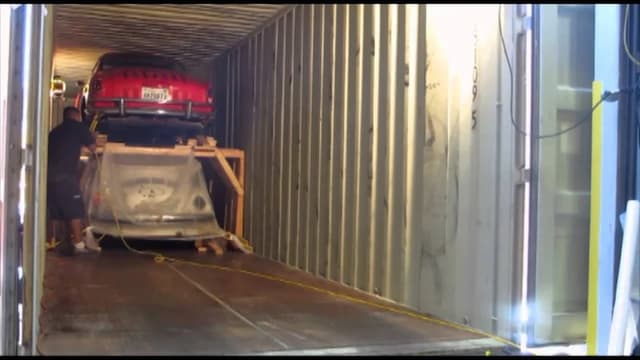Navigating Car Transport in Oklahoma City, OK
When it comes to shipping your car in Oklahoma, there's a world of factors to consider. Oklahoma, with its diverse weather patterns, central location, and mix of urban and rural landscapes, presents a distinct set of circumstances. But don't worry! Here at CitizenShipper, we are committed to helping you navigate through it all. Whether you're moving into or out of Oklahoma City or need to transport your car for any reason, our expert team is here to help.
Oklahoma's Vehicle Transportation Laws & Regulations
In Oklahoma, car transportation laws and regulations are in place to ensure the safety and preservation of all vehicles and public roadways. Auto transporters must adhere to the Federal Motor Carrier Safety Administration (FMCSA) regulations for safety. Compliance involves ensuring that all vehicles are properly secured during transport and maintaining necessary documents for every shipped vehicle.
All auto transporters operating in Oklahoma must also possess an active MC Docket number, issued by the FMCSA. This number signifies that a transportation company is registered under the federal government, allowing them to legally operate across state lines. Additionally, Oklahoma requires transporters to carry proper insurance coverage and may have specific requirements for oversized vehicles traveling through the state.
Weather & Terrain Considerations in Oklahoma City, OK
Weather patterns in Oklahoma City, OK have a significant impact on car shipping. The region experiences a humid subtropical climate with hot summers and cool winters. Oklahoma is also known for extreme weather events including tornadoes, severe thunderstorms, and occasional ice storms in winter months, all of which can temporarily disrupt shipping schedules and routes.
Oklahoma City's terrain is predominantly flat to gently rolling, making it generally favorable for auto transport. However, the state's position in Tornado Alley means weather-related delays are not uncommon during spring and early summer. The central location of Oklahoma City makes it a crossroads for major interstate highways (I-35, I-40, and I-44), offering efficient routes for car transporters, but these highways can become congested during peak travel times or severe weather events.








